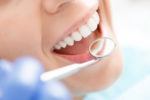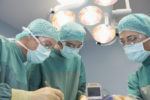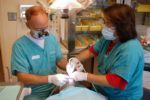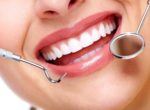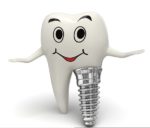Table of Contents
Sleep and Health
A good night’s sleep is essential for the overall health of the body. When you areasleep, your mind and body heal, and re-stock you with energy. Snoring and sleep apnea interrupt this process and can lead to mental and physical health deterioration. If one suffers from sleep apnea, one may snore, toss and turn, or stop breathing while sleeping. The passageway of air is blocked at the back of the mouth which reduces the level of oxygen that gets to the brain.This lack of air causes you to feel fatigue even after sleeping for seven hours straight.Sufferers of sleep apneacomplain of waking up tired or waking up in the middle of the night, choking.
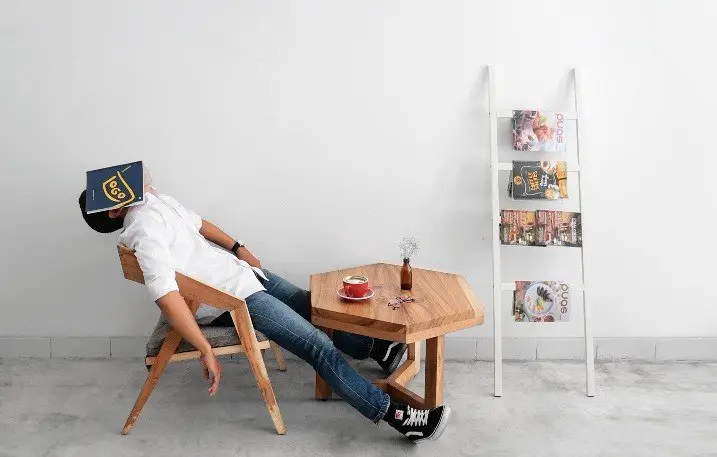
Image source: unsplash.com
In middle-aged adults, sleep apnea results from being overweight. Shedding fat and easing the cardiovascular system may go miles in treating it. It is more common in men than in women. In children, it is a result of enlarged tonsils. People born with narrow facial features have narrow airways. The narrow airways can cause difficulty in breathing.Consuming alcohol, sleeping tablets, and caffeine tend to worsen the symptoms.
Risky Business
A study shows that people suffering from moderate to severe sleep apnea die prematurely. It increases the chances of developing cardiovascular diseases.Sleep apnea can also affect your work performance, vigilance, and cognition. While your partner can monitor your breathing, you could decide for an overnight sleep study to measure your sleep, oxygen levels, and breathing. Once you identify that you actually are diagnosed with sleep apnoea, you can take the measures to rectify it. Do note that treating sleep apnea also treats snoring. It is very likely that a person who snores a lot is diagnosed with sleep apnoea.
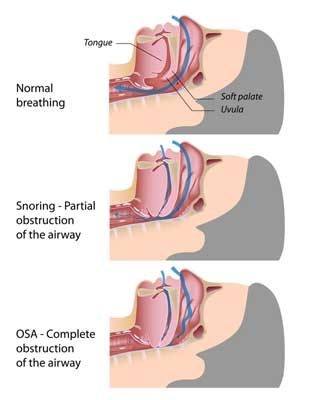
Image source: dreamstime.com
Curing Sleep Apnea
CPAP or Continuous Positive Airway Pressure therapy is a common treatment for sleep apnea. CPAP machines use a nosepiece that delivers a constant and steady supply of air.
The other method of treating excessive sleep apnea is to use dental fixtures. These devices help to correct mild to moderate cases of sleep apnea. After consulting your sleep expert, you can visit an orthodontist. The orthodontist will recommend you a dental fixture that is safe and suits your specific needs. The mandibular advancement device is the most widely used dental fixture for the treatment of sleep apnea. It resembles a mouth-guard which sportspeople use. This fixture advances the lower jaw down and slightly forward. Keeping the mouth open in this position helps in a better flow of air.
A tongue retainer can also be used for the treatment of sleep apnea. A splint-like device holds the tongue in the ‘correct position’ to keep the airway open. Regular visits to the orthodontist are crucial as this device requires regular adjustments and replacements.
Indications for Dental Fixture Therapy
Dental fixture therapy is the first choice for people suffering from snoring and sleep apnea, and who prefer the fixture over CPAP. This dental fixture therapy is recommended for peoplewho do not react well to CPAP. The dental fixture therapy is indicated for:
- Snoring
- Cases of extreme Obstructive Sleep Apnea
- Poor tolerance to CPAP
- For use when traveling
- Failure of surgery to rectify the problem
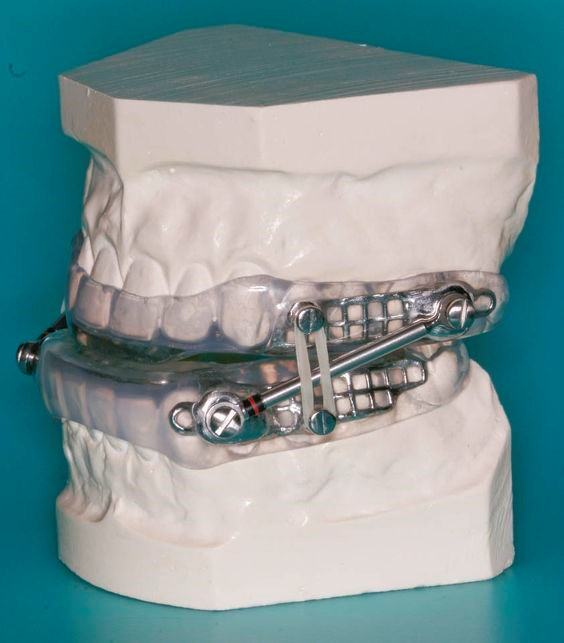
Image source: stopsnoringplease.com
Pros and Cons:
This method is very effective in reducing mild to moderate cases of sleep apnea. The fixture is useful for people who either sleep on their stomach or back, which happen to be the worst positions for allowing a steadyflow of air. It improves oral and dental health, and sleep patterns.
The dental fixture therapy, however, can also cause side effects which include tension in the jaw, sore gums, dry mouth, and noise in the jaw joint.
Other Effective Dental Procedures
Rapid Maxillary Expansion
Maxillary Expansion enlarges the dental arch and the roof of the mouth to establish a balance between the widths of the jaws. A jaw that is narrow can limit airway. Palatal enlargement can facilitate the flow of air in the nasal cavity allowing one to breathe easily through the nose. The expander apparatus is bonded to the posterior upper-teeth. It includes a screw in the middle which needs to be turned on a daily basis to separate the two palatal bones. The procedure is nonsurgical and reduces nasal pressure.
Pillar Procedure
Pillar procedure is a simple and effective way to help you stop snoring. It also helps people suffering from mild to moderate sleep apnea. Three to six woven polyester strips are inserted into the palate, eventually turning the soft palate rigid. The rigid palate vibrates less as compared to the softer palate.Since tissues are not removed during the procedure, pain and discomfort are minimal. It takes up to three months to realize the full benefit. Only a trained and qualified physician can determine if it is the right treatment for you.
Surgery
The most common option is removing extra tissue in the throat that is blocking the airway. The surgery requires operating on palate, uvula, tonsils, tongue, or upper and lower jaw. The negative effects of surgery include pain, bleeding, jaws wired shut for several days, and swelling of the throat.
Visit Katherine Dilworth at her website caseydilworth.com and read more great articles from her like Why do People Snore and Snoring Solutions.
